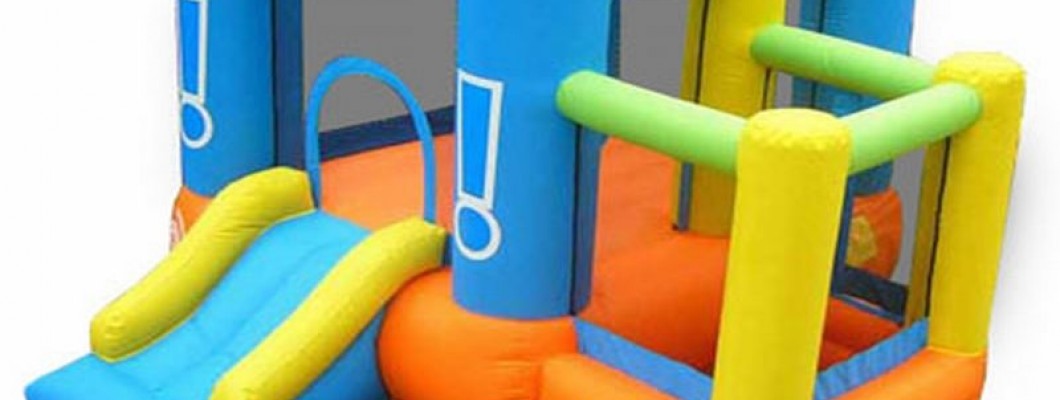
Setting up a bouncy castle can be an exciting addition to any outdoor event, but if you’re considering placing it near trees, you may be wondering, “What are the key factors to consider when setting up a bouncy castle near trees?” Here are several important aspects to keep in mind to ensure a safe and enjoyable experience for everyone.
1. Falling Branches and Debris
One of the primary concerns when placing a bouncy castle near trees is the risk of falling branches or debris. Ensure that the area is clear of any dead or loose branches that could pose a danger during windy conditions or storms. Regularly inspect the trees for signs of damage or decay.
2. Shade and Sun Exposure
Trees can provide much-needed shade, making play more comfortable on hot days. However, consider the position of the sun at different times of the day. If the trees cast a shadow during peak play hours, it could help keep the bouncy castle cooler and more inviting for children.
3. Ground Surface and Stability
Check the ground surface where you plan to set up the bouncy castle. The area should be flat and stable to prevent the inflatable from tipping over or becoming uneven. If the ground is soft or muddy due to tree roots or rainfall, consider choosing a different location to ensure proper stability.
4. Clearance from Branches
Ensure that there is adequate clearance between the bouncy castle and any tree branches. Ideally, you should have at least 1.5 metres (5 feet) of space above the inflatable to avoid contact, especially during lively play. This helps prevent accidents and keeps the bouncy castle safe for use.
5. Access to Power Sources
If your bouncy castle requires an electrical blower, consider the proximity of power sources. Ensure that extension cords are safely routed away from any branches or roots to avoid tripping hazards or potential damage to the equipment.
6. Visibility and Supervision
When setting up a bouncy castle, it's essential to have a clear line of sight for supervising children. If trees obstruct visibility, it may be challenging to monitor safety effectively. Ensure you can see the entrance and jumping area from your vantage point.
7. Wind Conditions
Trees can affect wind patterns, creating gusts that may impact the bouncy castle's stability. Pay attention to wind conditions and avoid setting up the inflatable in areas where strong gusts could lead to accidents or damage. A sheltered location away from direct wind is ideal.
8. Potential for Insect Activity
Trees can attract insects such as bees and wasps, especially in warmer months. Before setting up, check for signs of insect activity around the trees and consider whether the area could pose a risk for children, particularly if anyone has allergies.
9. Tree Roots
Visible tree roots can create tripping hazards for children entering or exiting the bouncy castle. Ensure the setup area is clear of any roots that could cause accidents. If necessary, level the ground by filling in uneven spots with soil or grass.
Conclusion
In conclusion, setting up a bouncy castle near trees can be safe and enjoyable if you consider these key factors. By ensuring adequate clearance, stability, and supervision, you can create a fun environment for kids while minimizing risks. So, plan carefully and enjoy the bouncing fun!
